Final System as Completed (20/11/2016):
>Charges from 10 AA batteries instead of 9V batteries.
>Output Is scaled back from 20A to 14A "continuous" (for the majority of capacitor voltage curve)
>Relays were not used and there is a reliance on heavy duty switches instead.
>Wireless relay control is therefore removed.
>Capacitor charge current was set to 500mA. If this is set too high then the batteries will be declared as "flat" at an earlier point. For example, if this is set to 10A then the boost/buck converter will immediately drive the voltage curve of the batteries into the ground and declare them as depleted immediately.
The Youtube video from the broken link can be seen below:
 David Scholten
David Scholten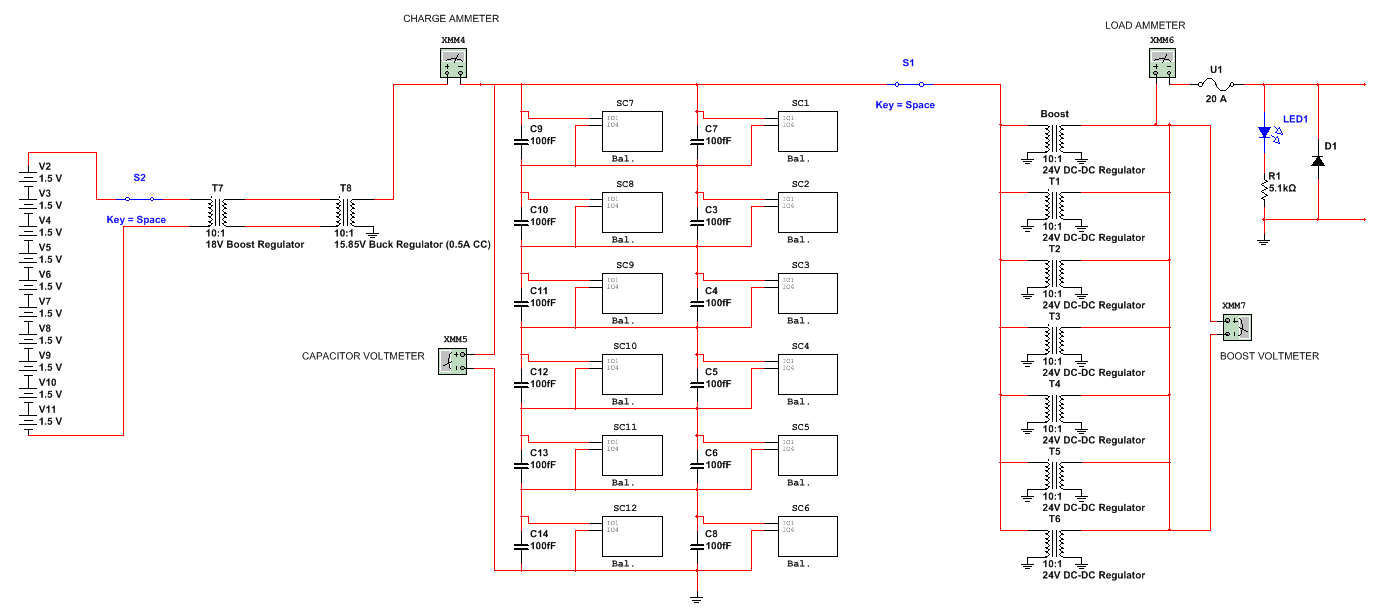

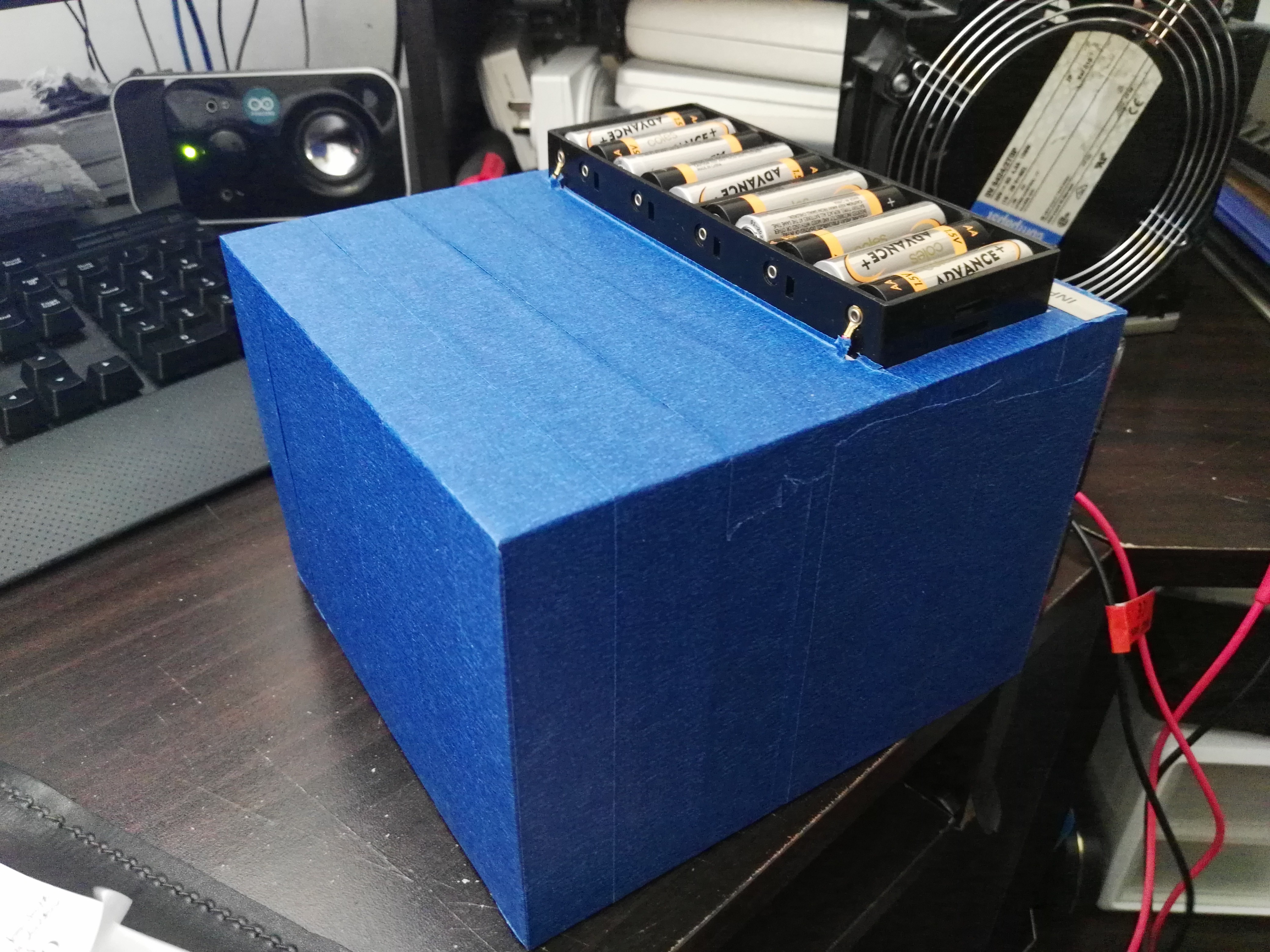

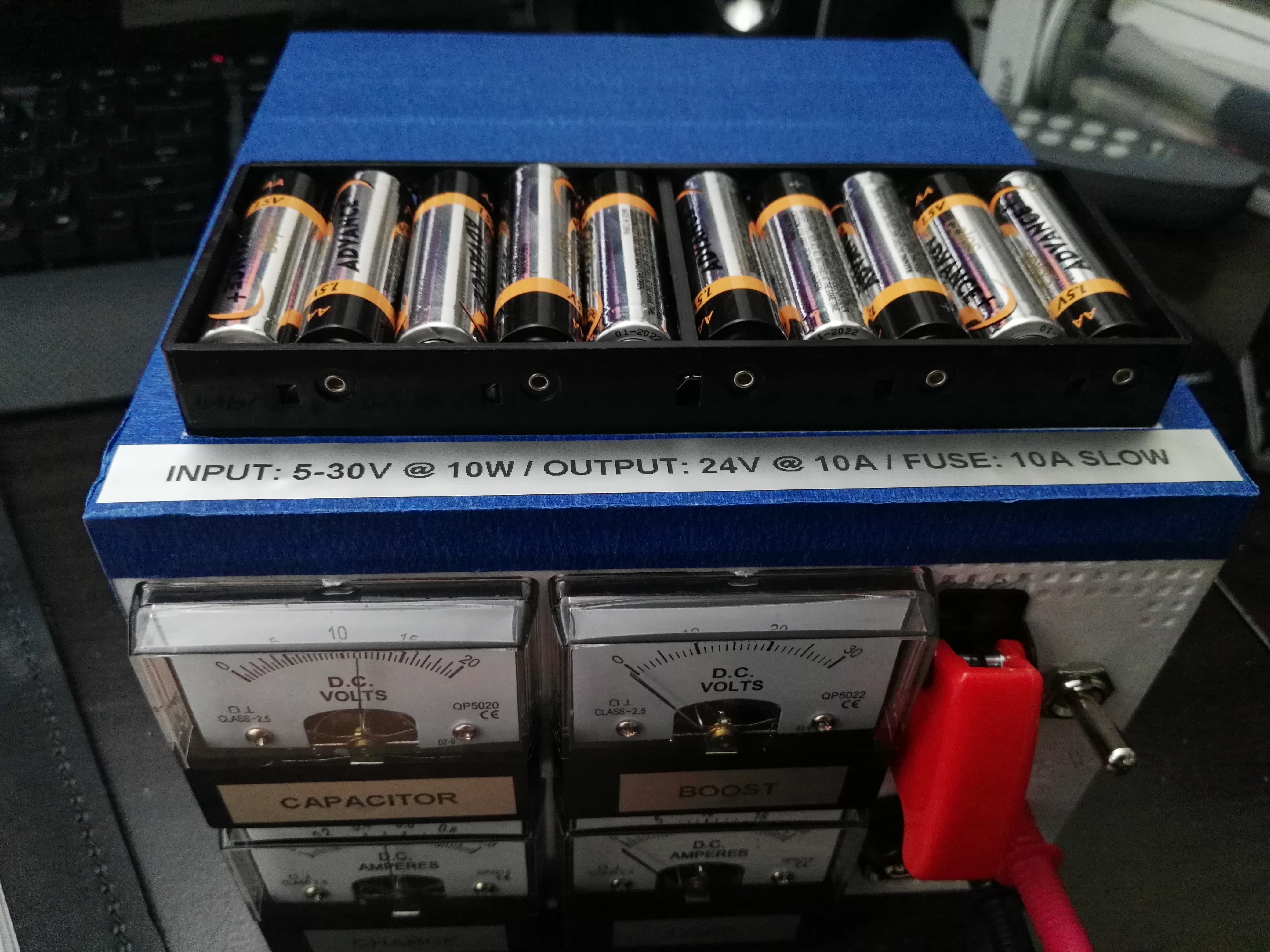

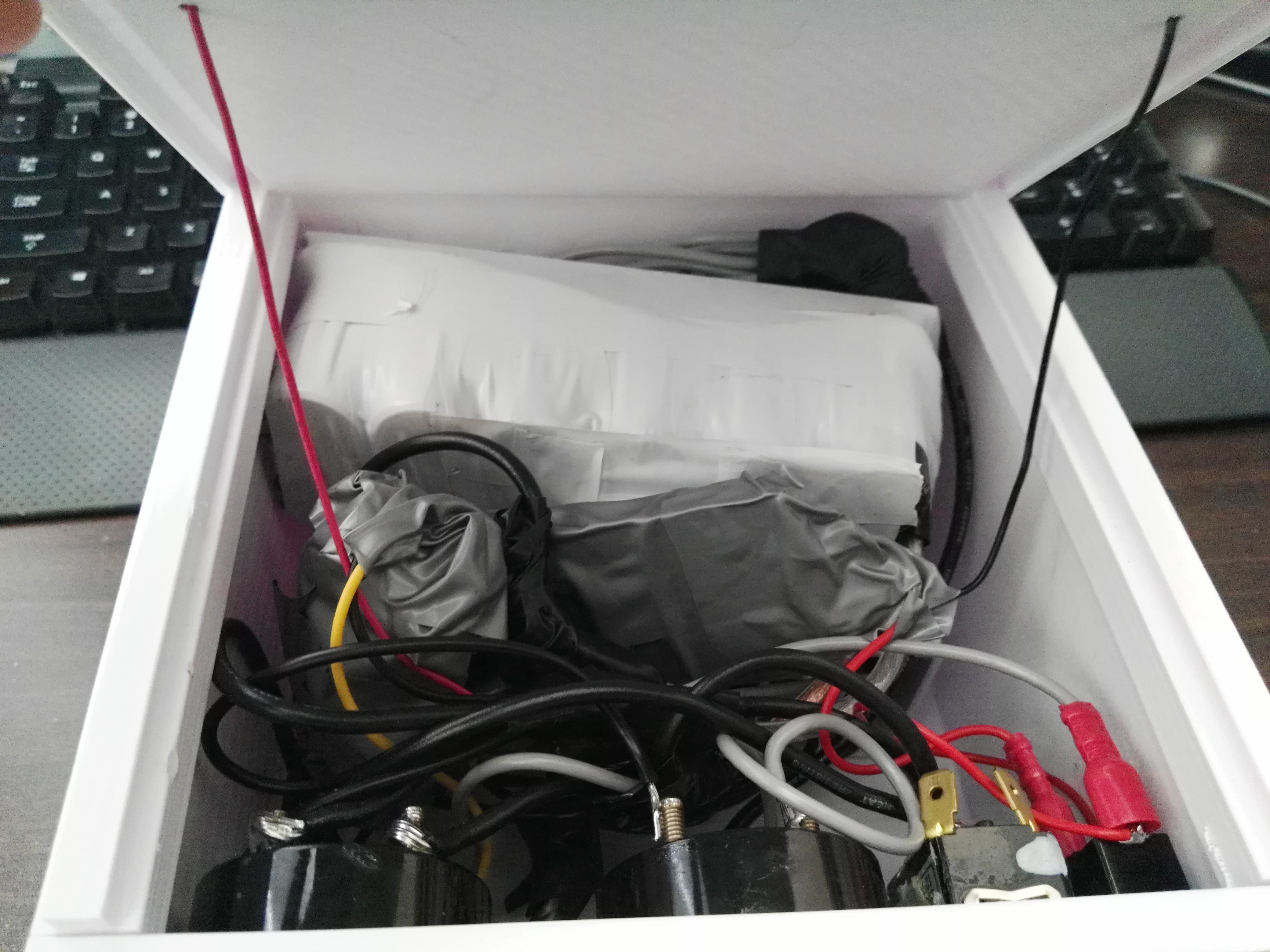
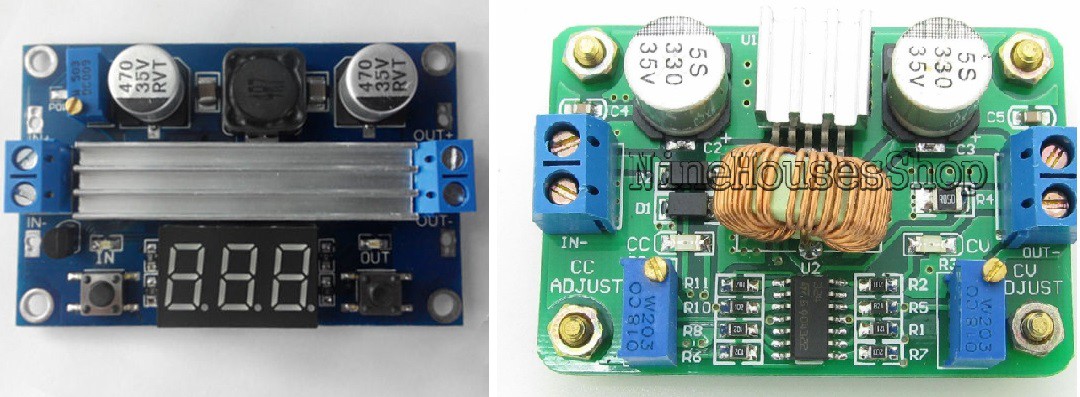
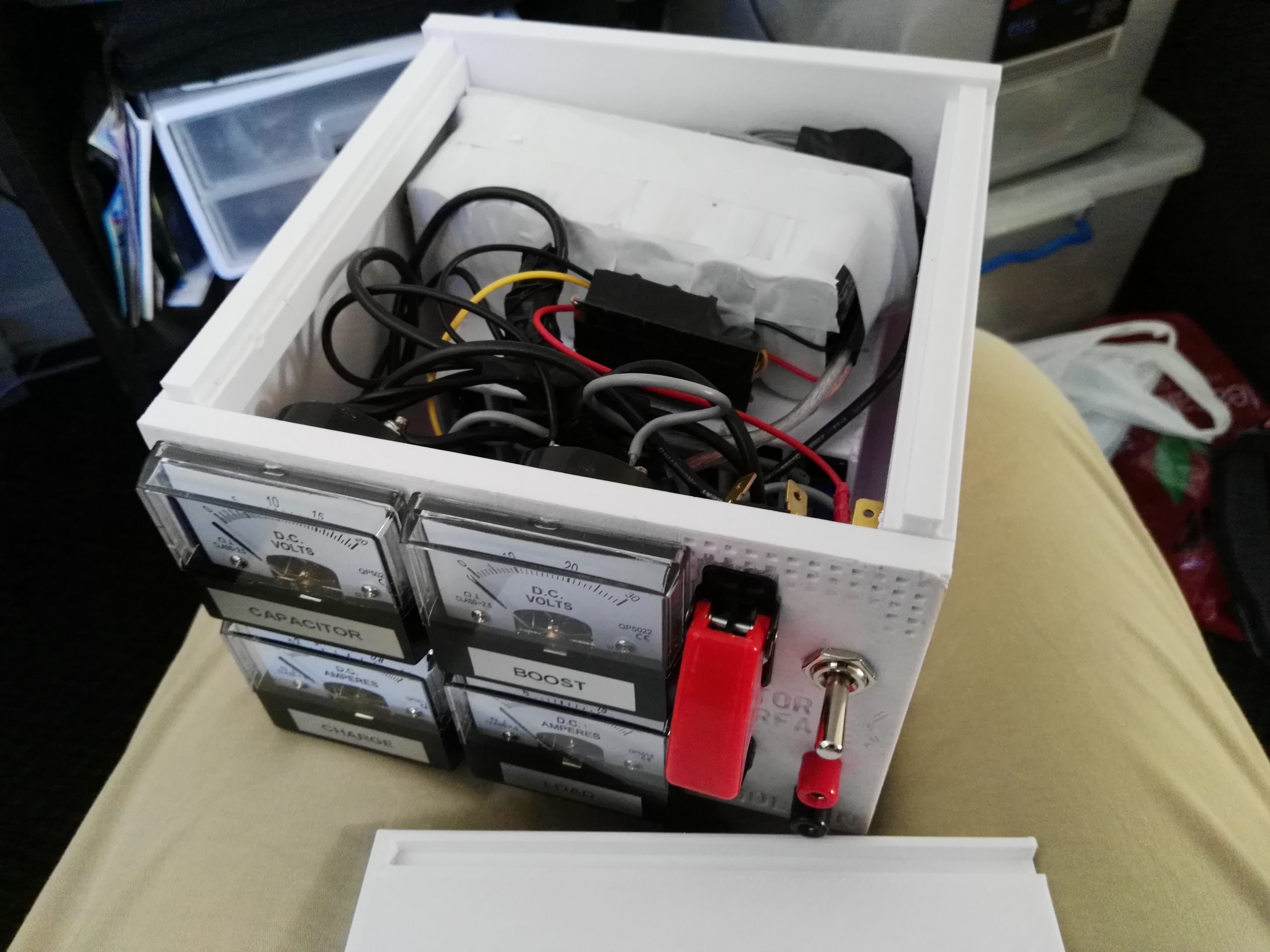
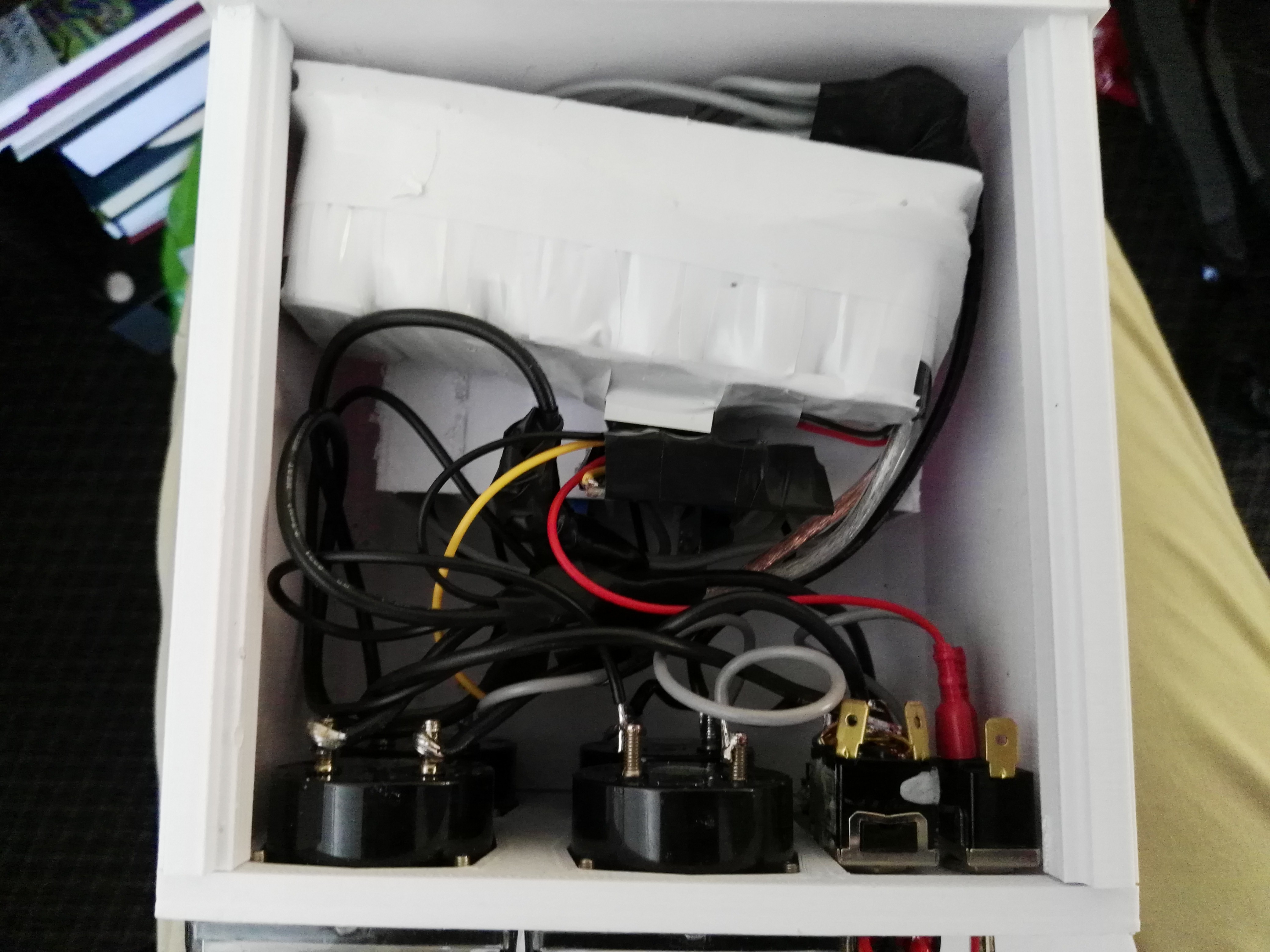
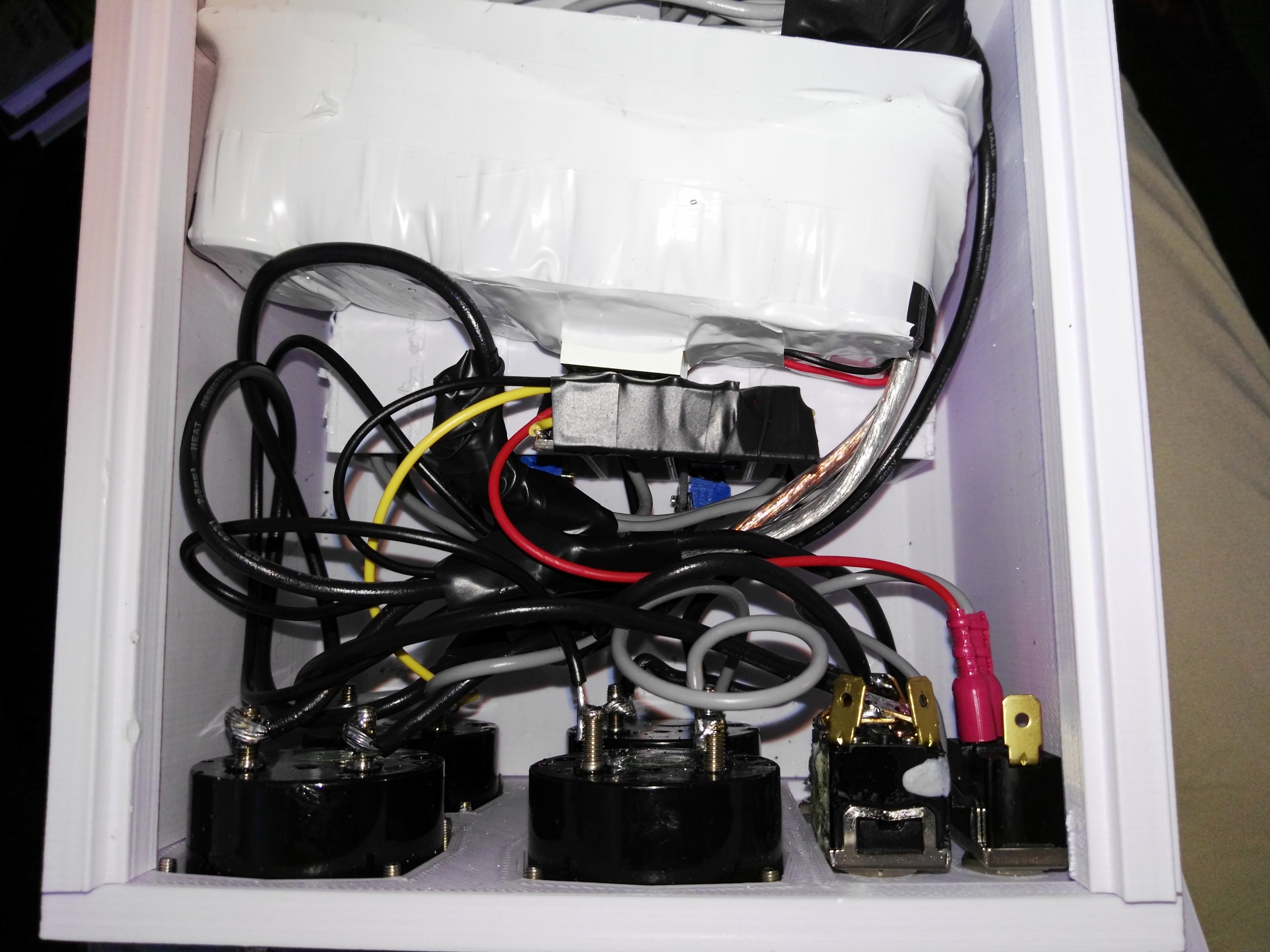
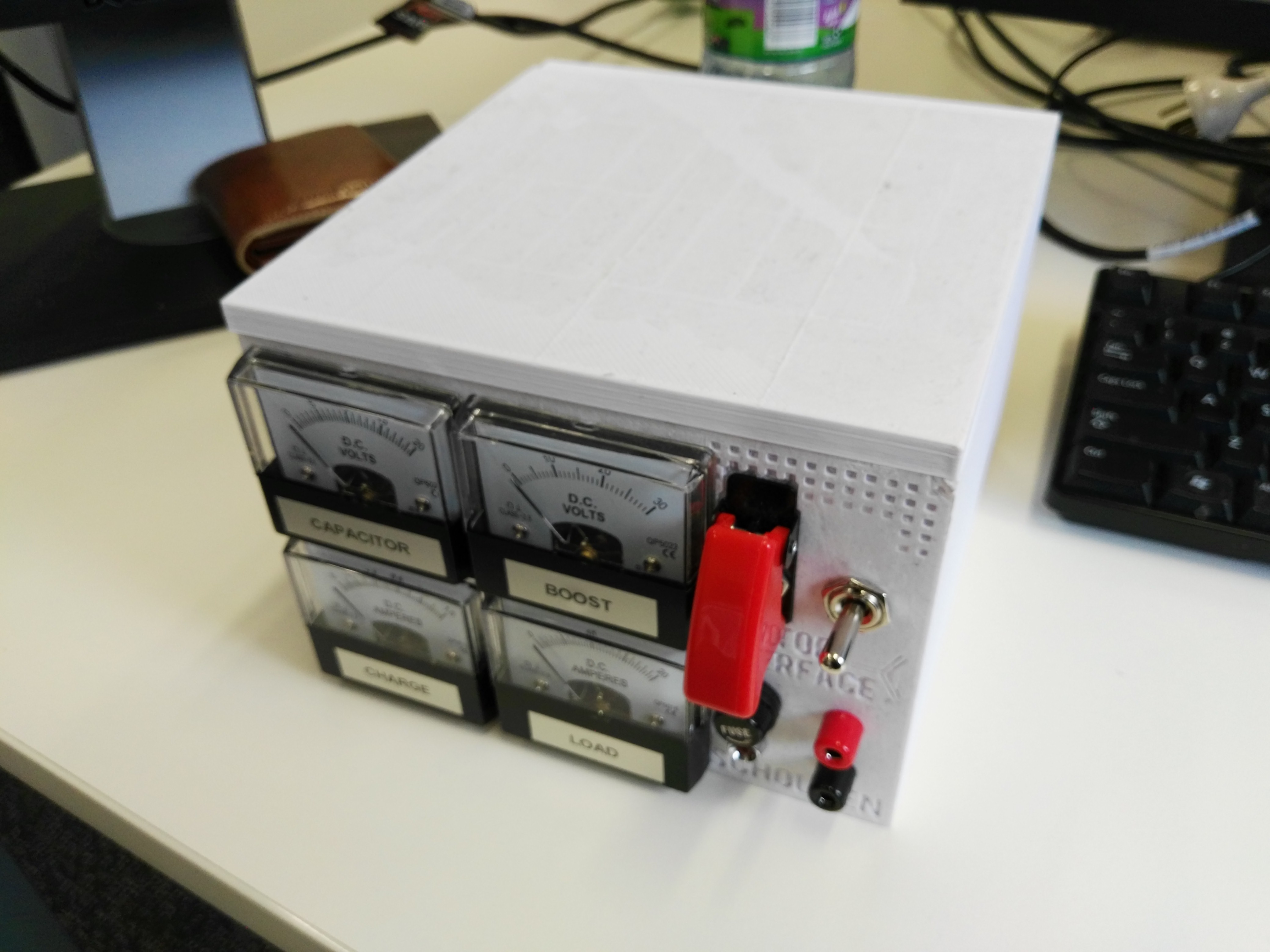
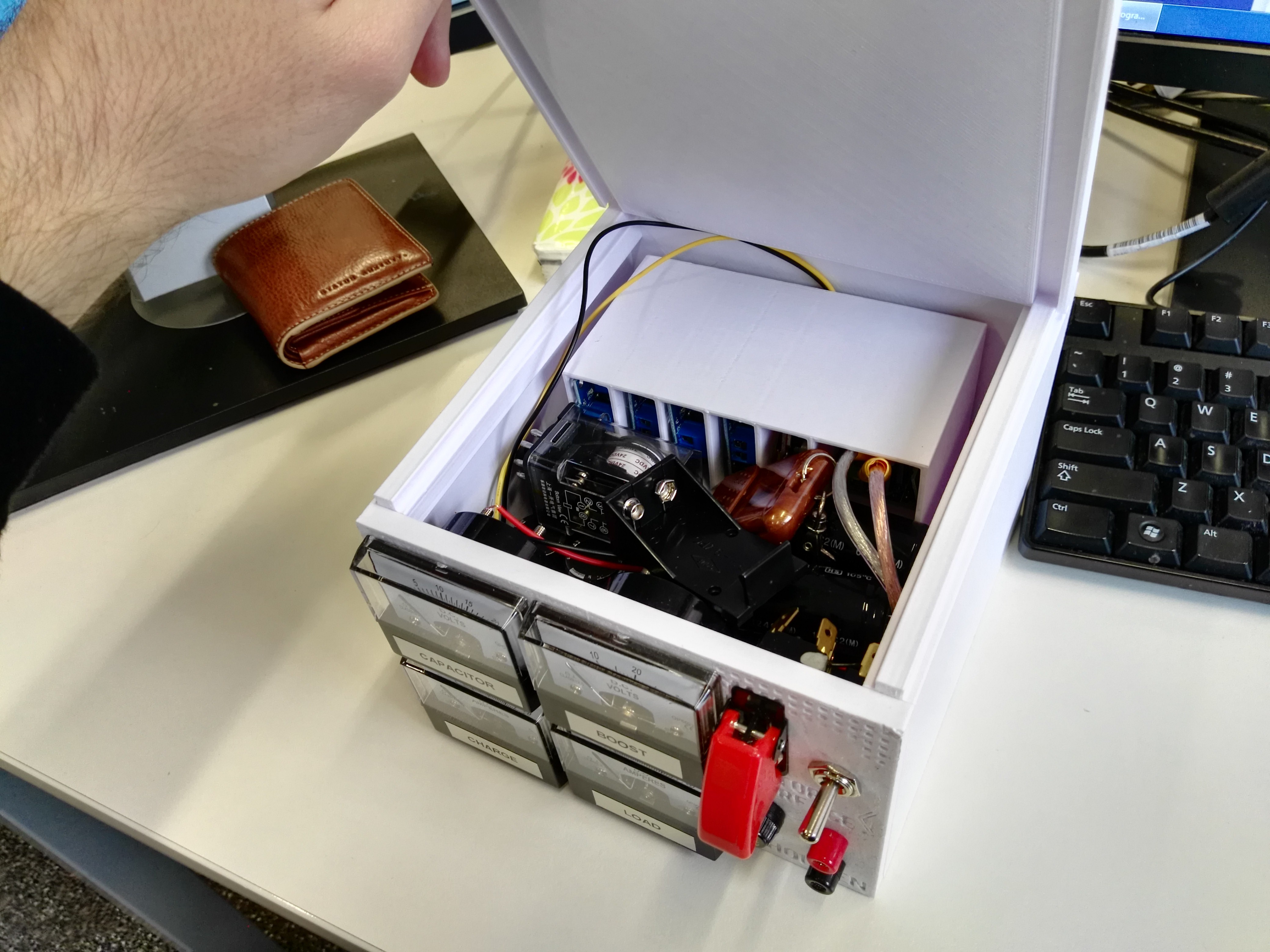
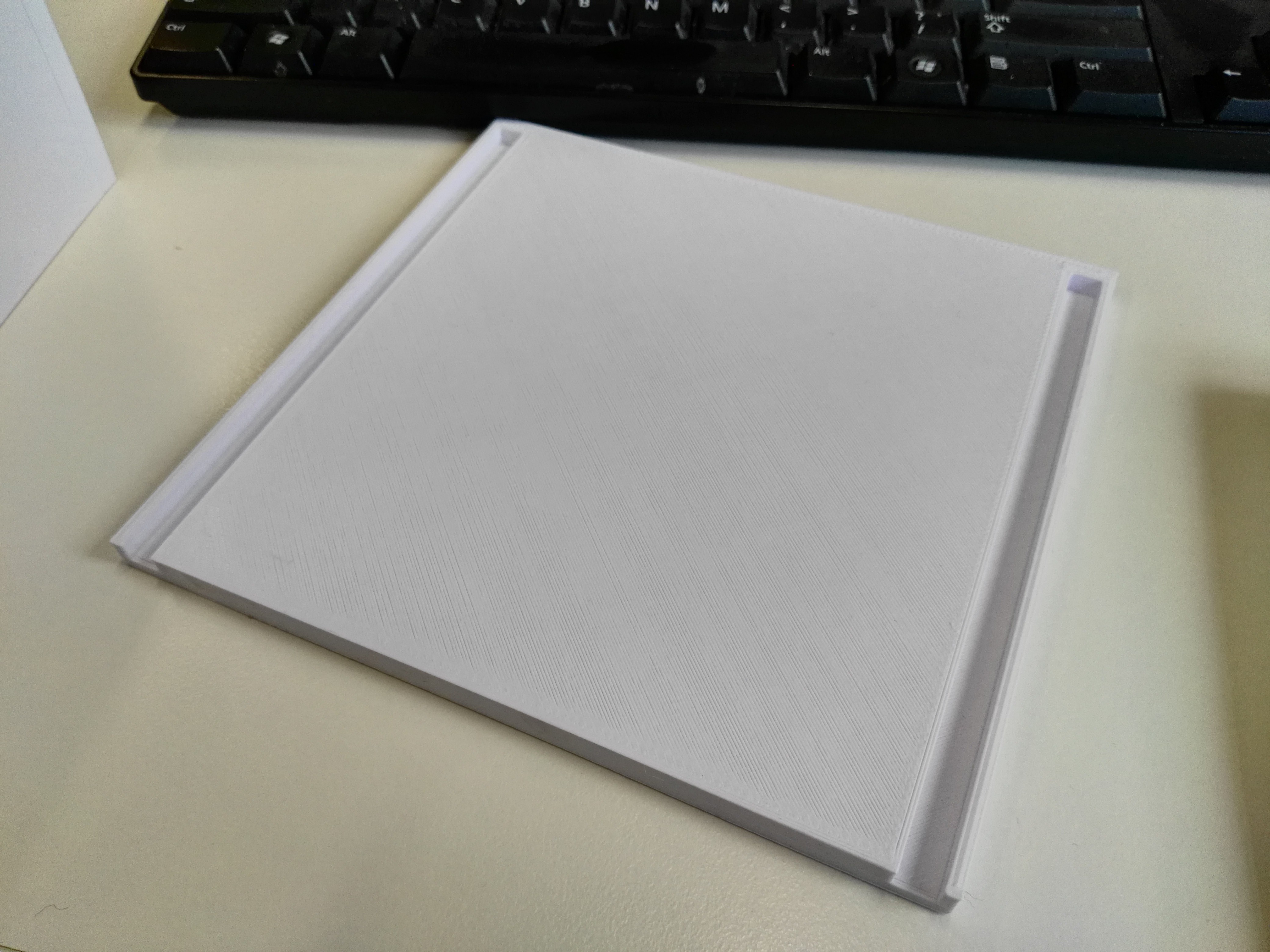
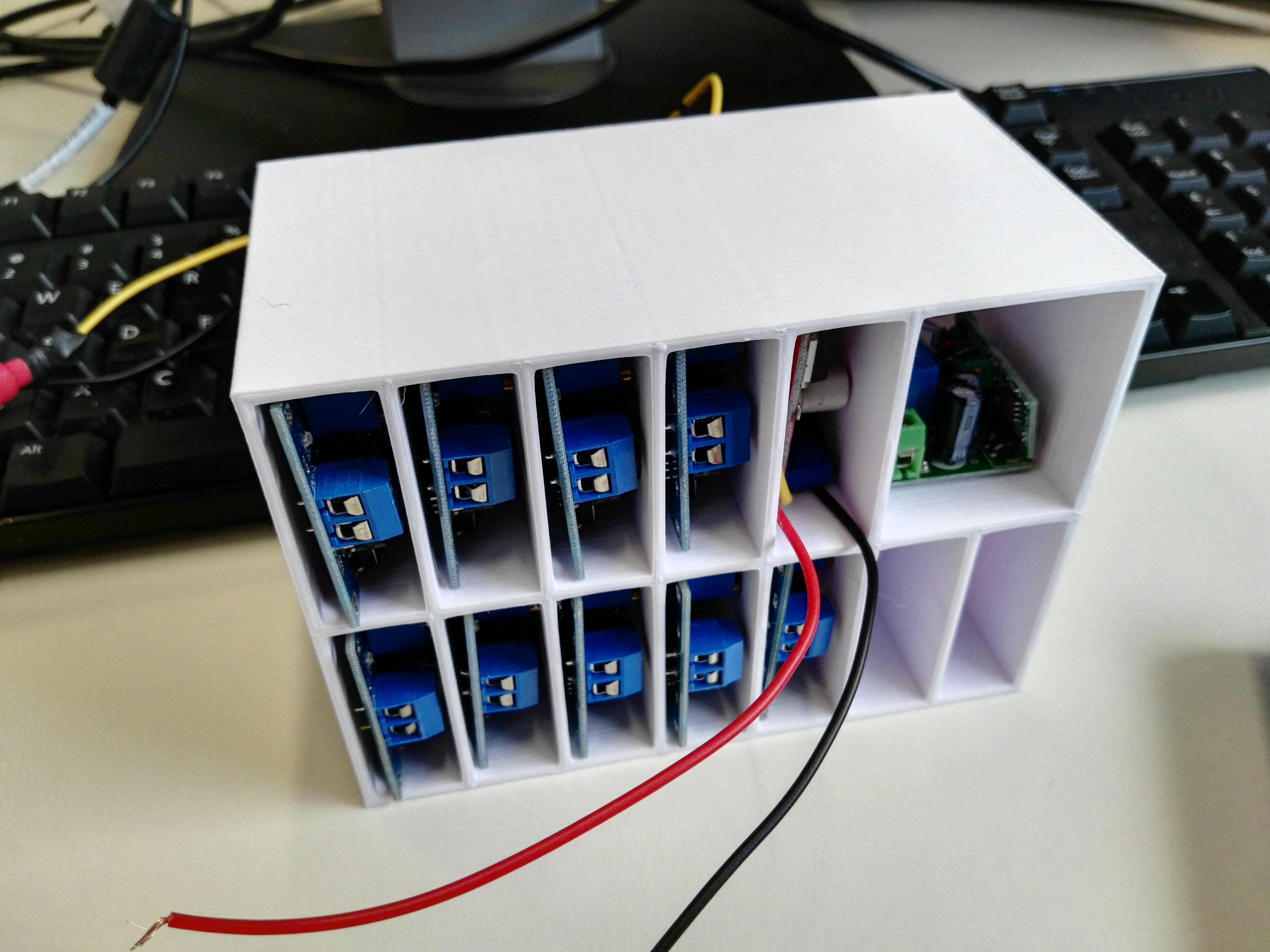
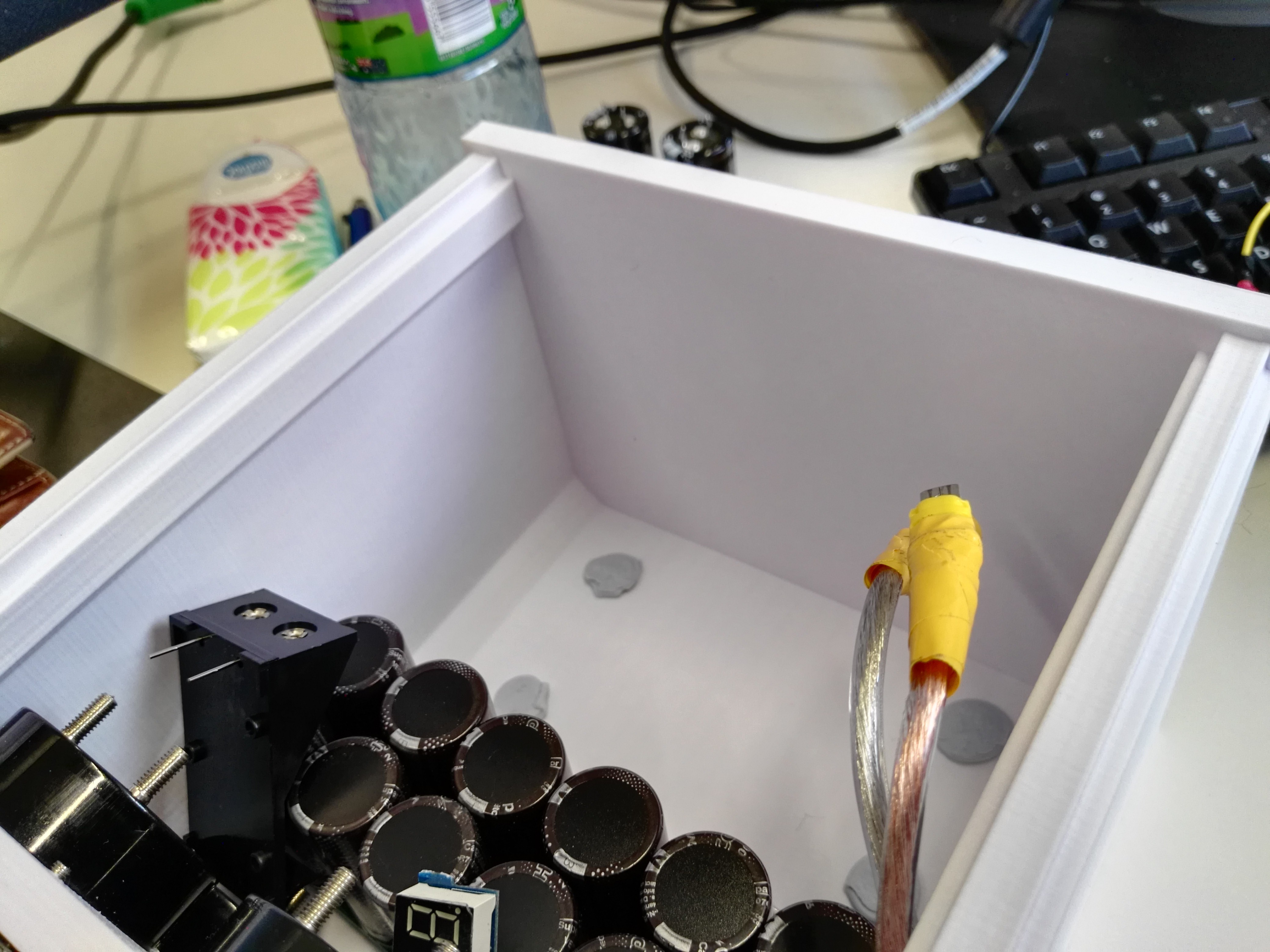
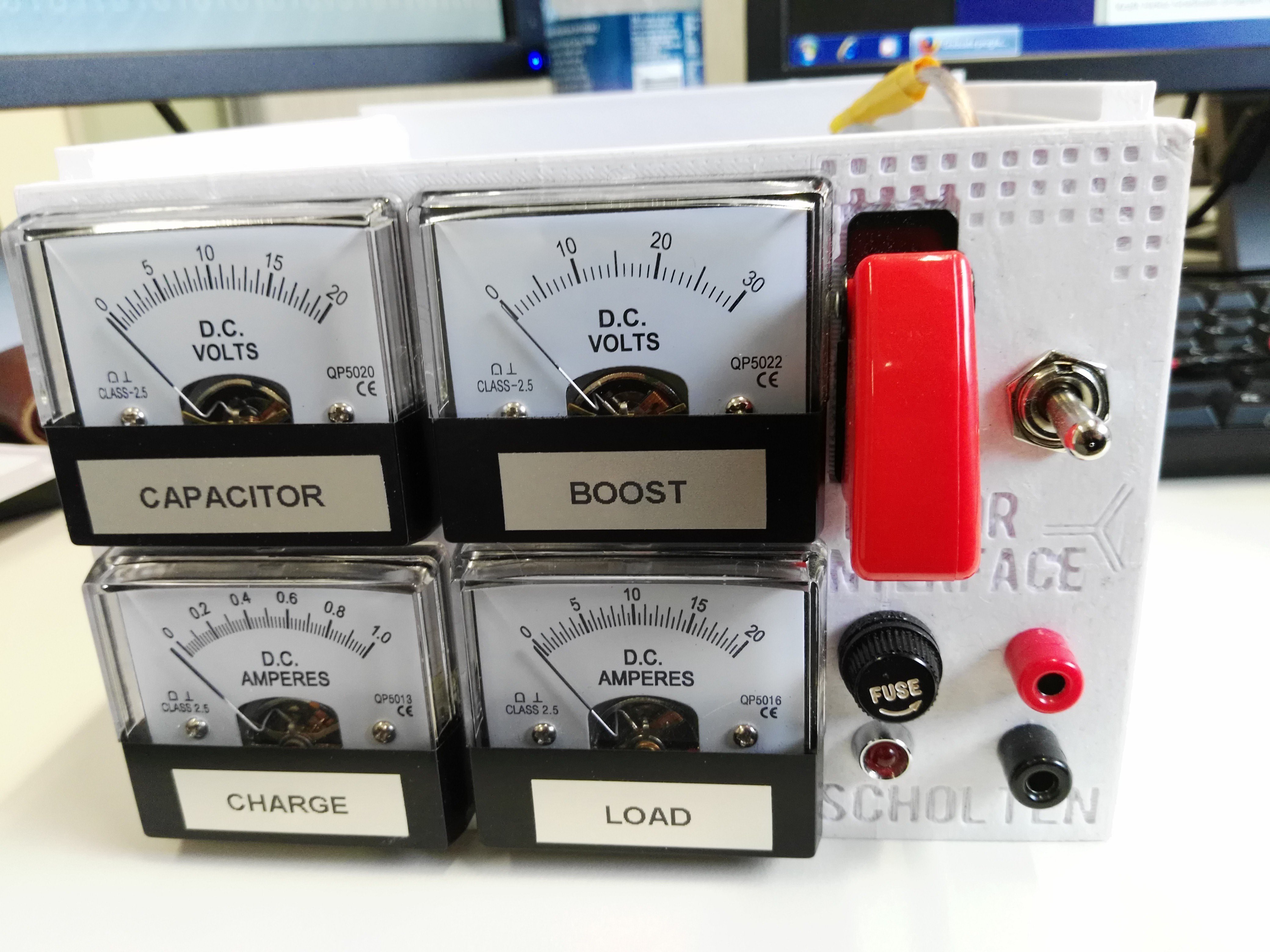 Something unexpected did occur though. Out of the 11 boost converters I had available, two of them did not function at all. As a result I've ordered another 4 from eBay (E.T.A. 1.5 weeks).
Something unexpected did occur though. Out of the 11 boost converters I had available, two of them did not function at all. As a result I've ordered another 4 from eBay (E.T.A. 1.5 weeks).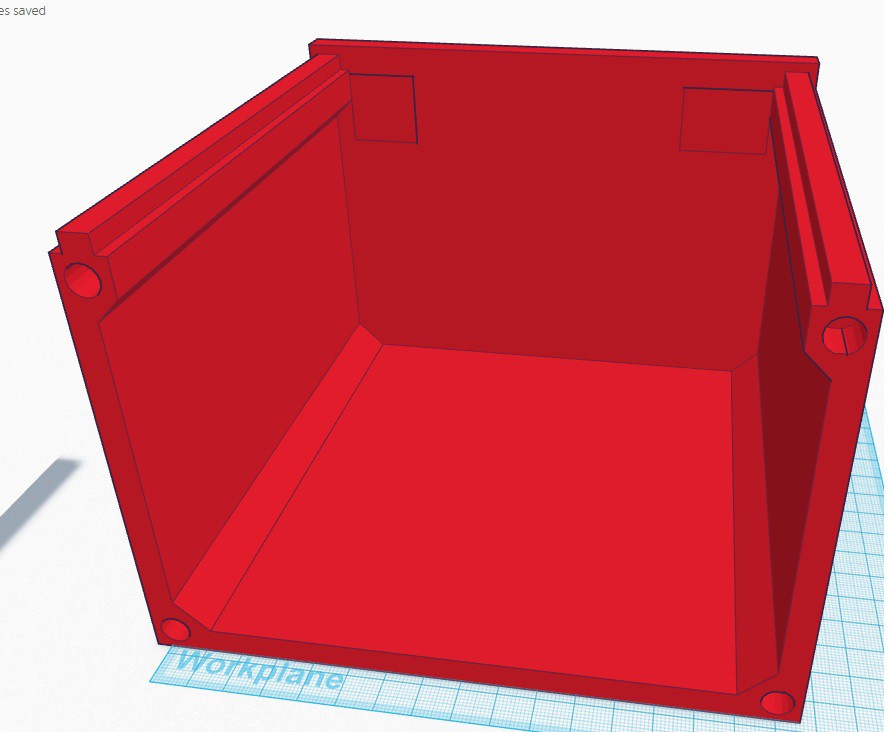
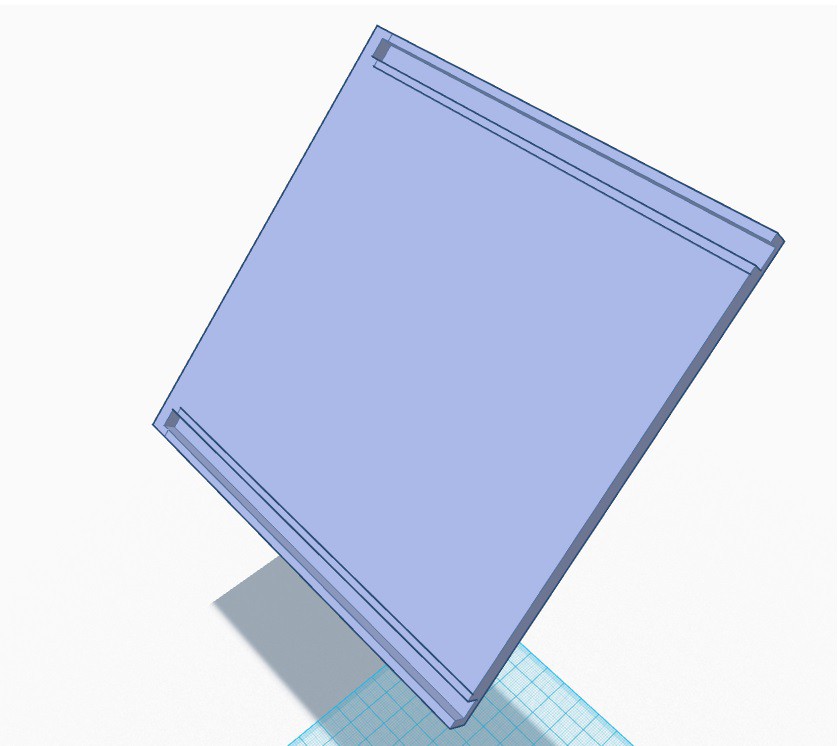
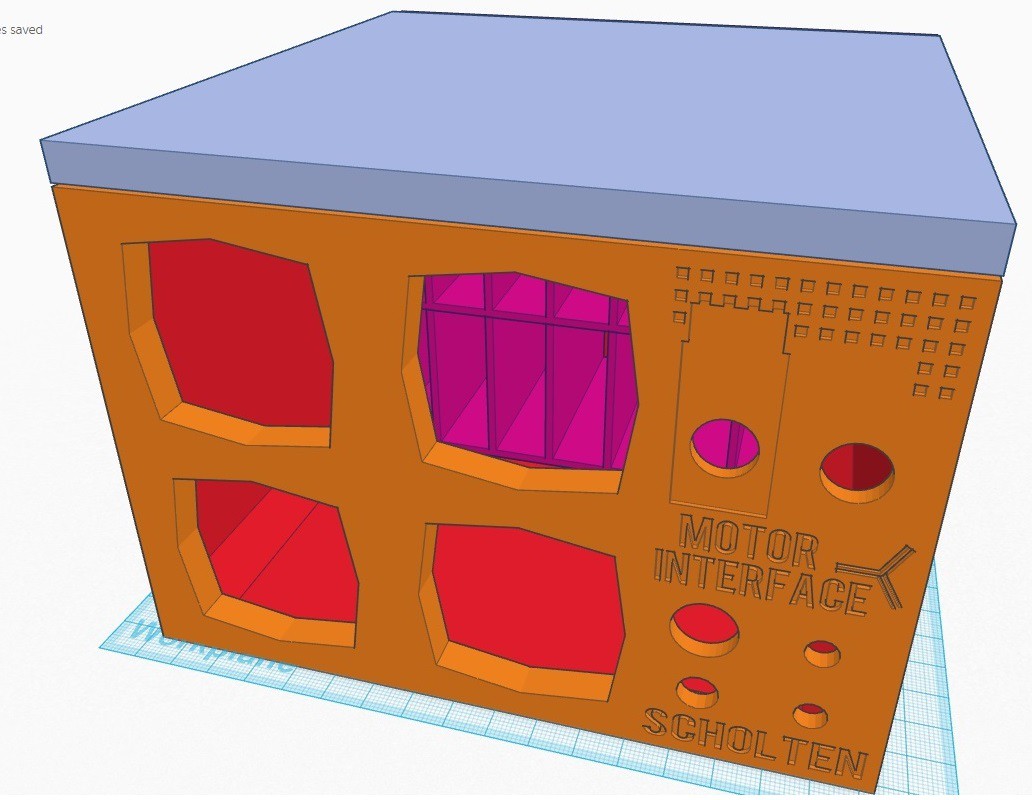
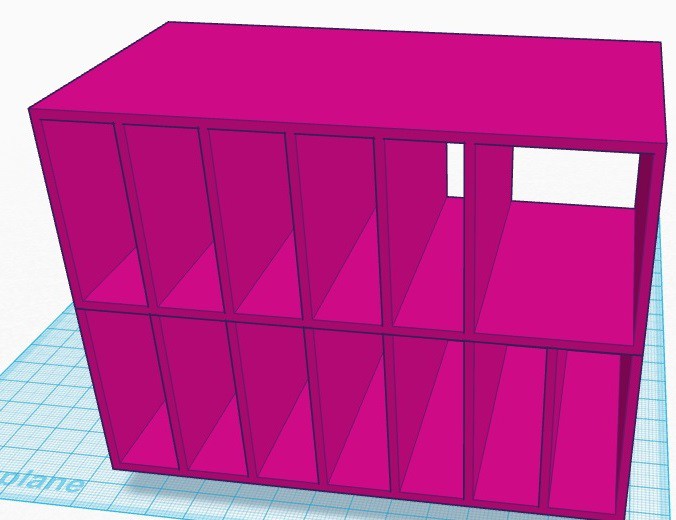
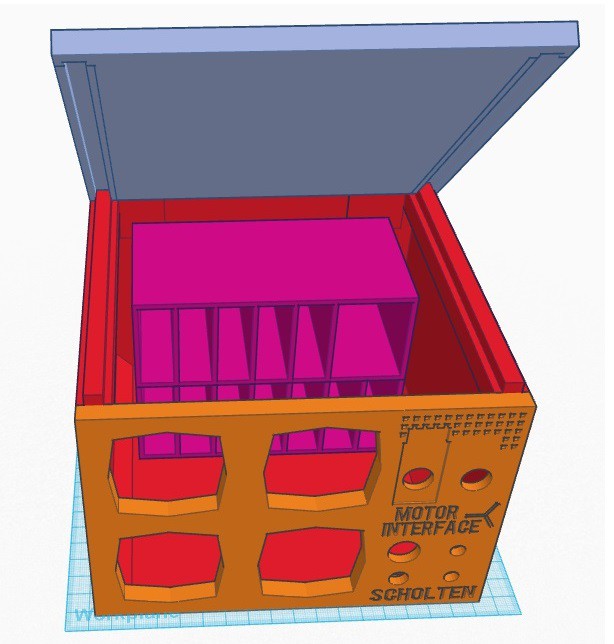
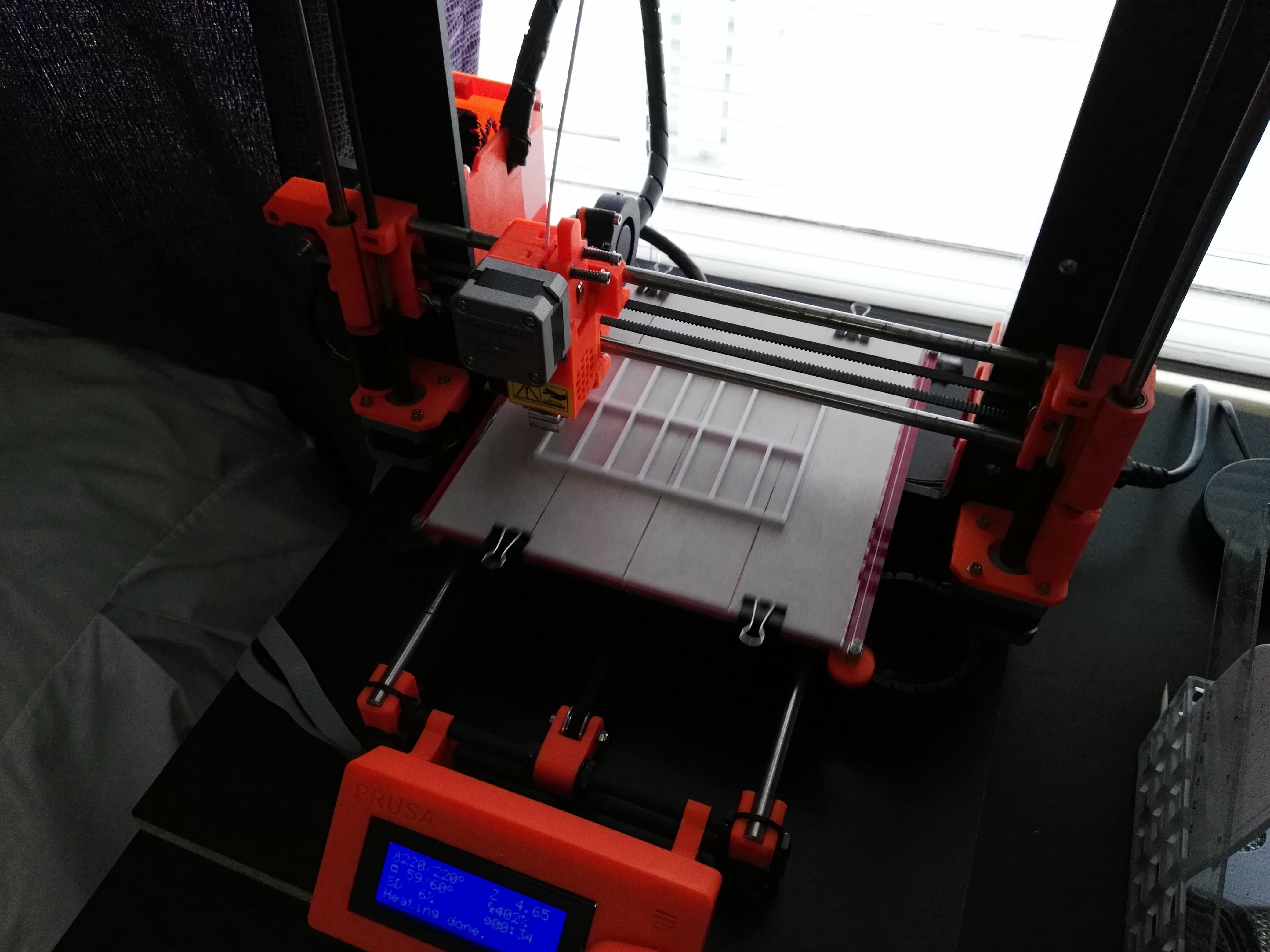
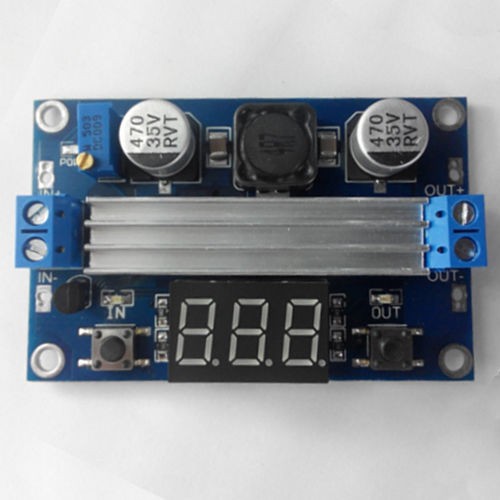
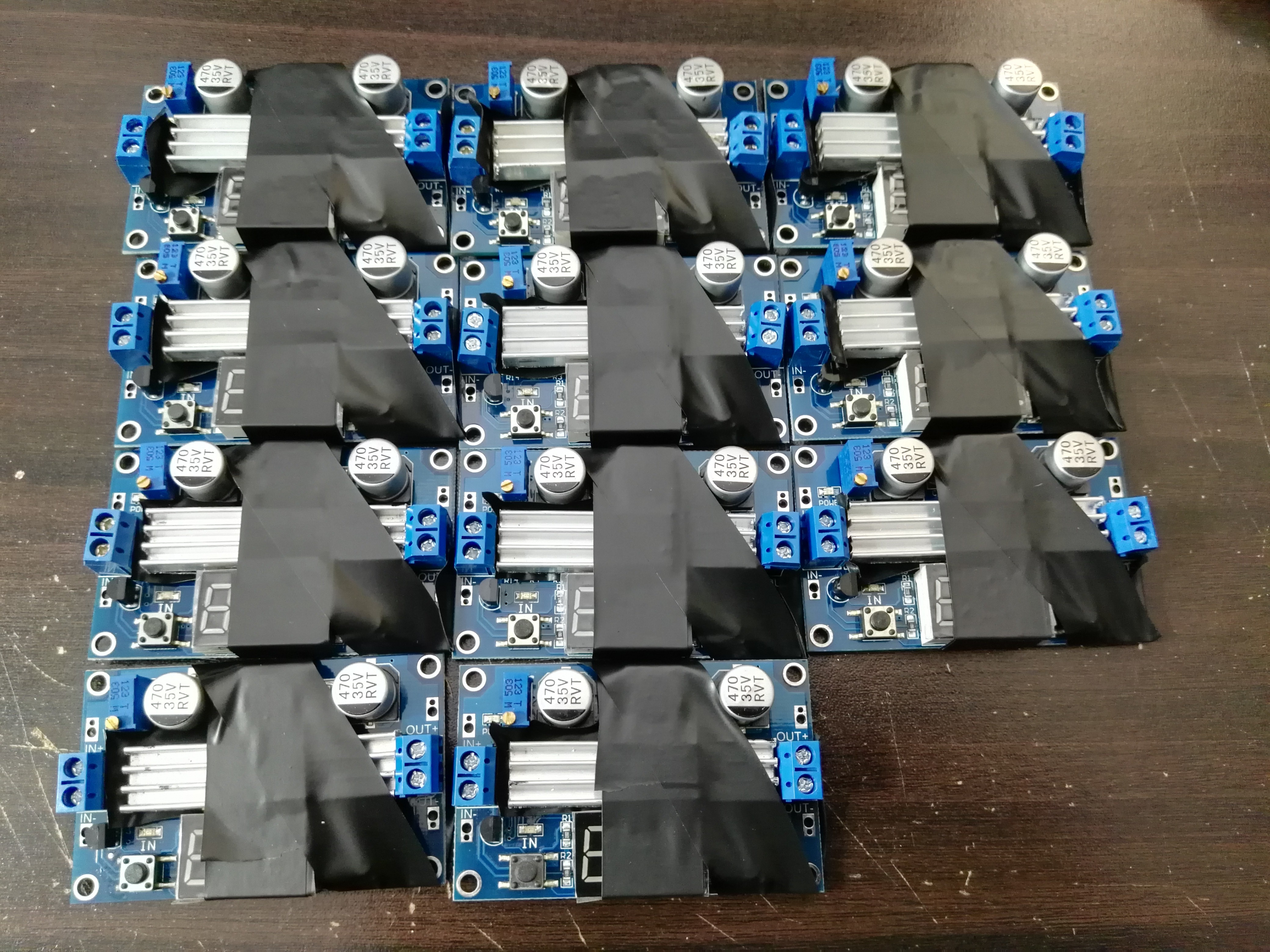

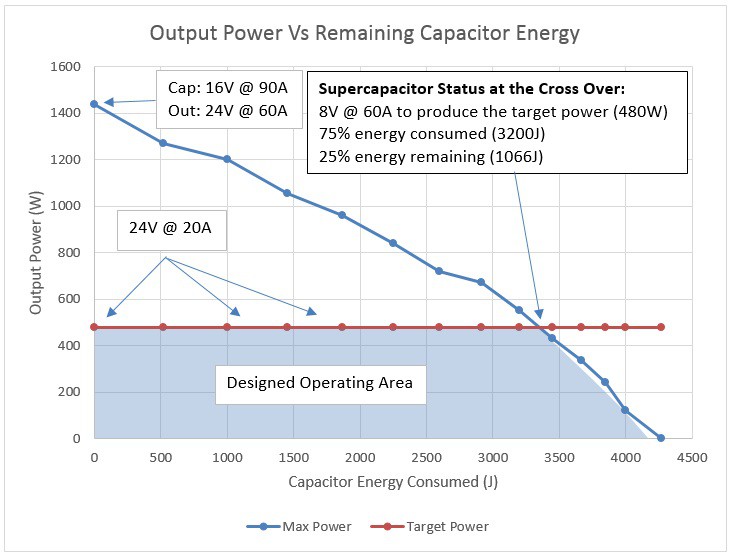
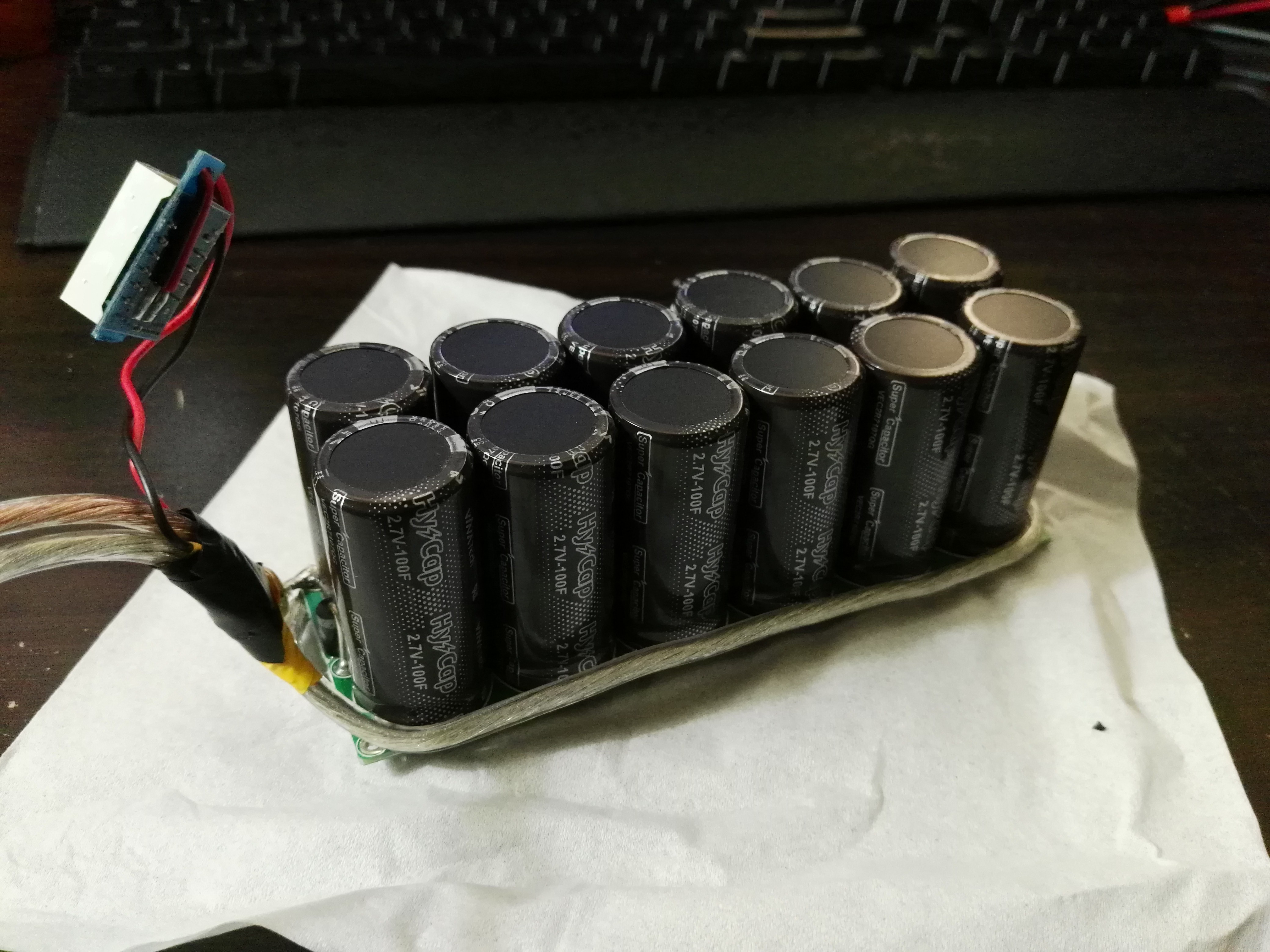
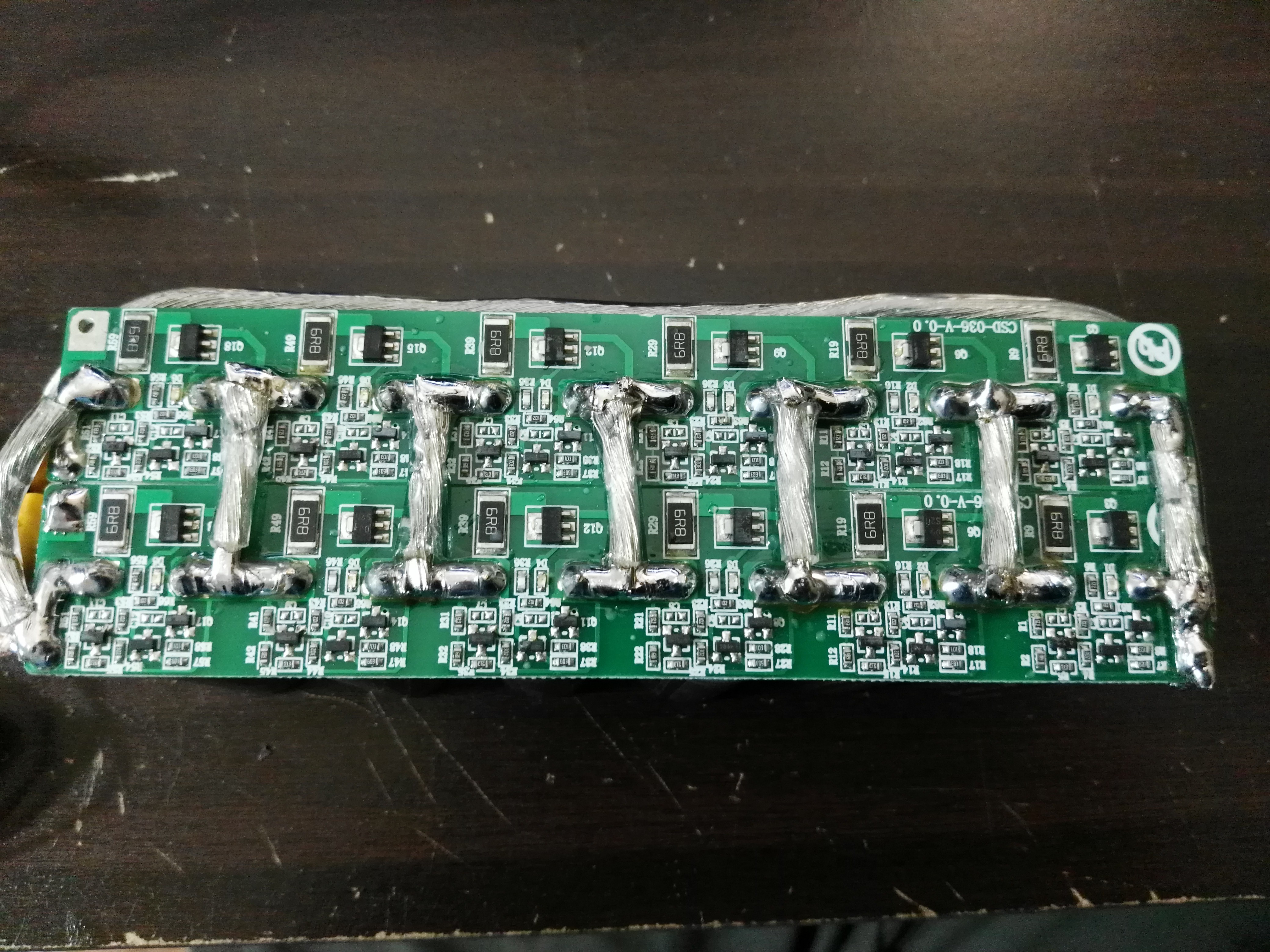
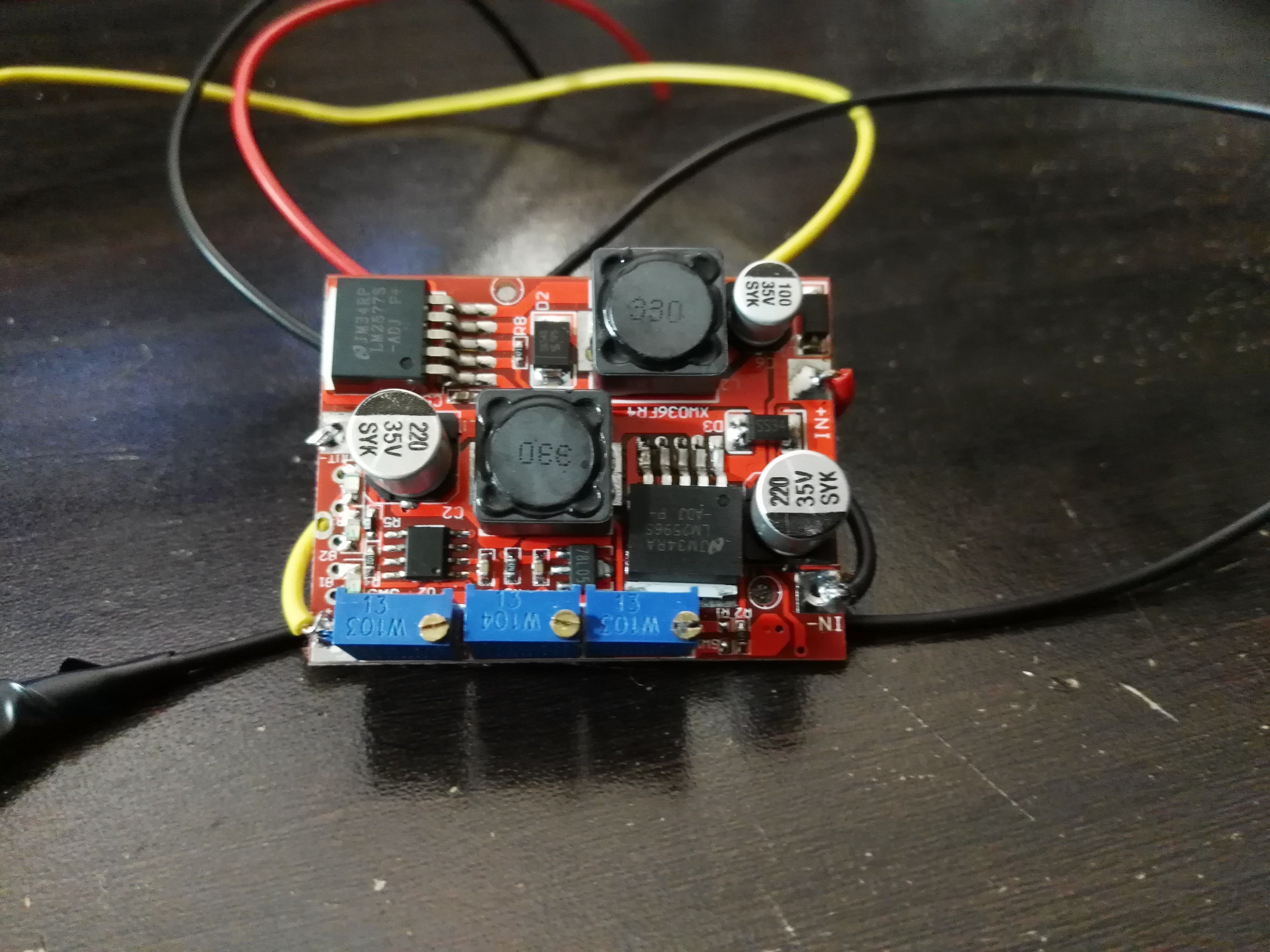
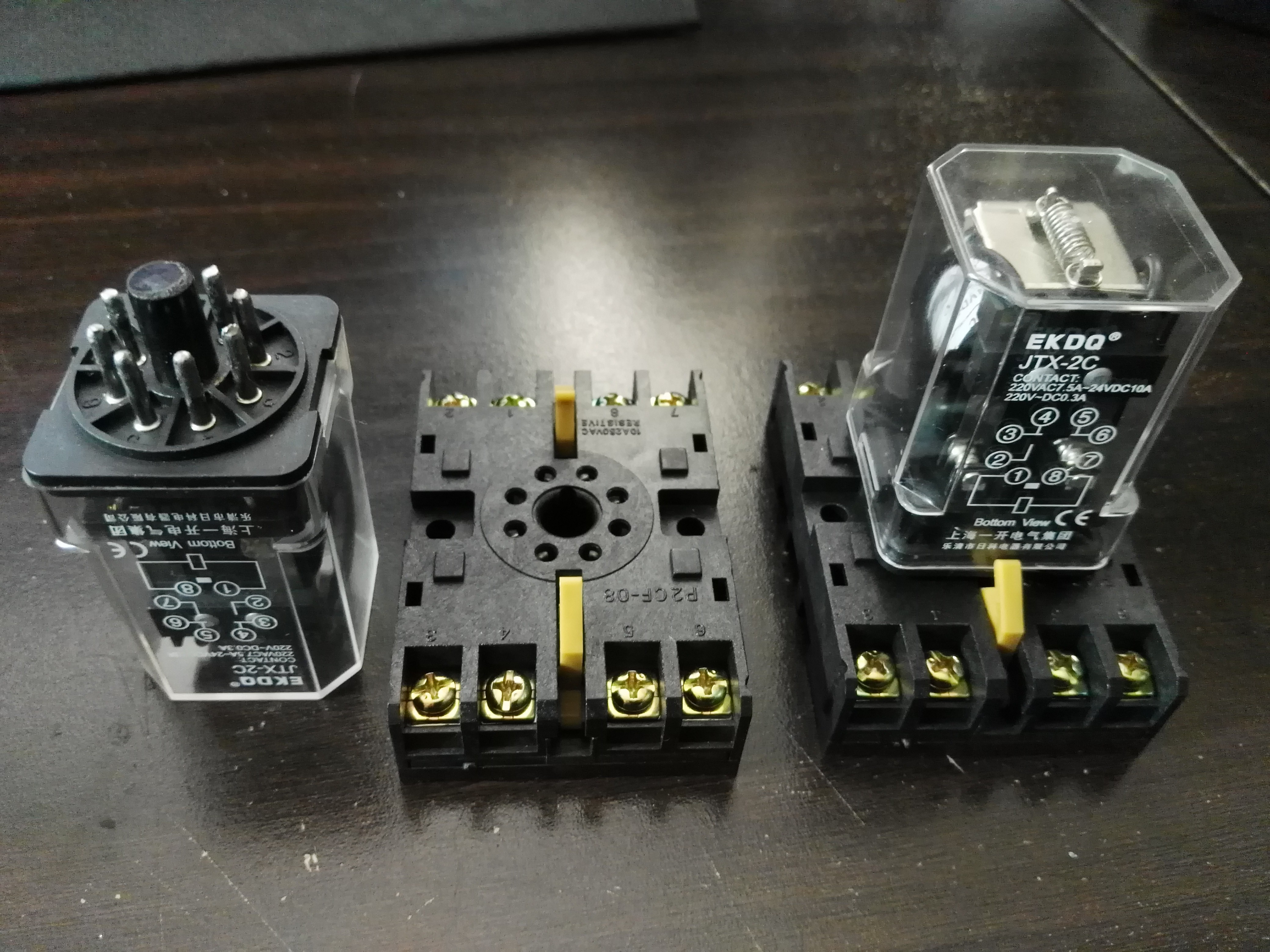
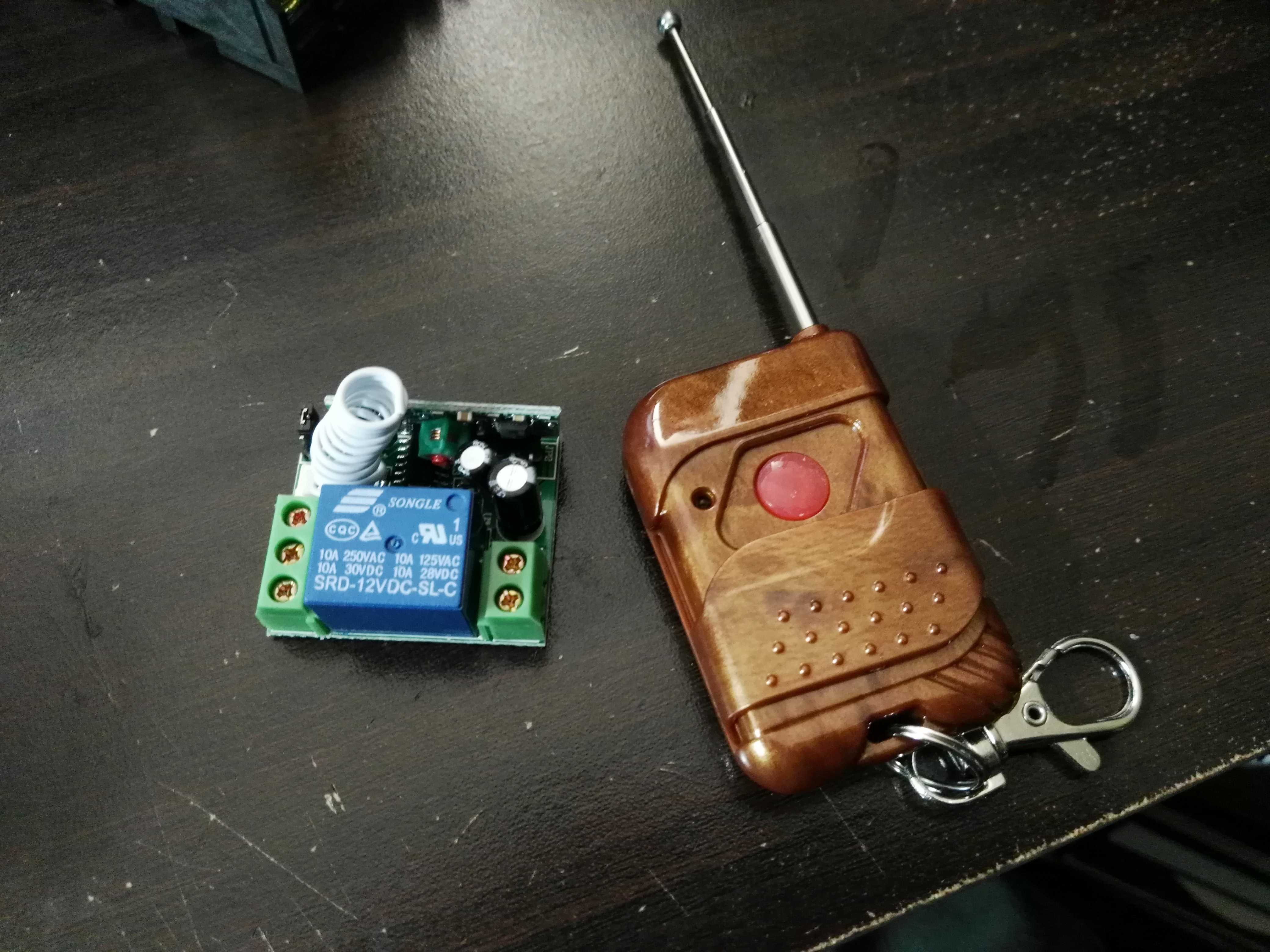
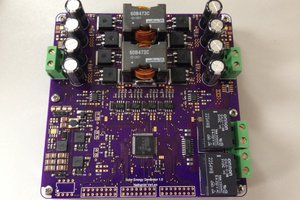
 Nathaniel VerLee
Nathaniel VerLee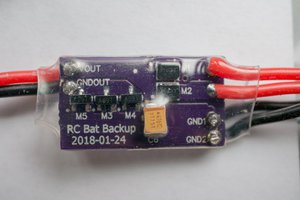
 Bud Bennett
Bud Bennett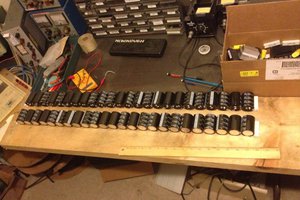
 dave.m.mcdonough
dave.m.mcdonough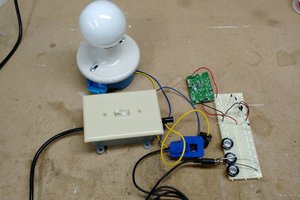
 CaptMcAllister
CaptMcAllister